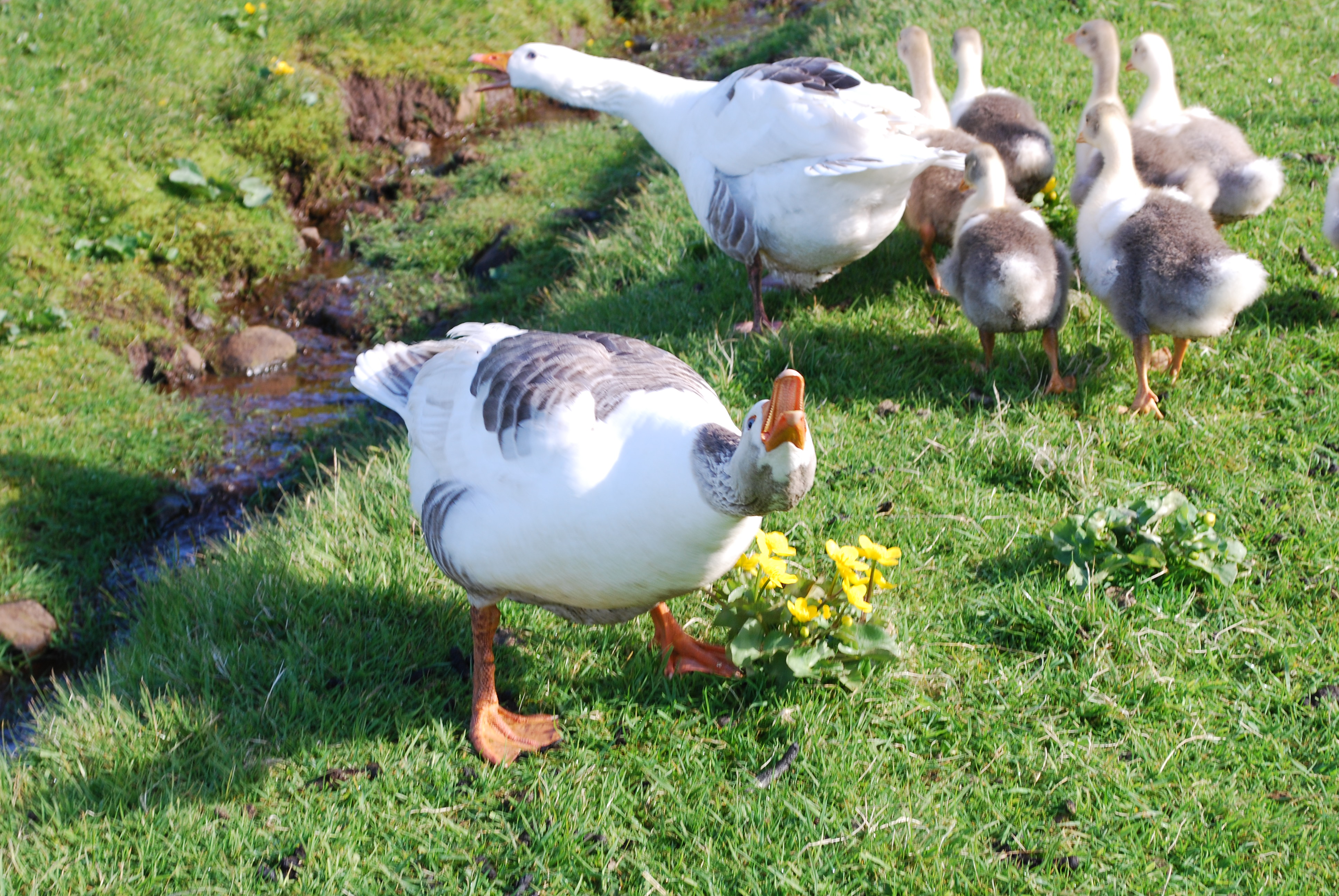Faroe Islands domestic animals on:
[Wikipedia]
[Google]
[Amazon]
The domestic animals of the 
 The Faroe sheep is a small and hardy breed. It is one of the
The Faroe sheep is a small and hardy breed. It is one of the
Faroe Islands
The Faroe Islands ( ), or simply the Faroes ( fo, Føroyar ; da, Færøerne ), are a North Atlantic island group and an autonomous territory of the Kingdom of Denmark.
They are located north-northwest of Scotland, and about halfway bet ...
are a result of 1200 years of isolated breeding. As a result, many of the islands' domestic animals are found nowhere else in the world.

Faroe pony
The Faroe pony ( fo, føroyska rossið) is a small but strong pony. Its height is between . In the old days it was used as a work horse, carrying heavy loads, but now it’s mostly used as a child’s riding horse. In the early 1900, a lot of ponies were exported to be used aspit ponies
A pit pony, otherwise known as a mining horse, was a horse, pony or mule commonly used underground in mines from the mid-18th until the mid-20th century. The term "pony" was sometimes broadly applied to any equine working underground.English ...
. In the 1960s, there were 5-6 pure ponies left; now, with huge effort, there are 73 ponies.
Faroese cattle
The Faroese cattle are small, often black or piebald, and is used for milking. Both sexes of the species have horns.Faroese sheep
 The Faroe sheep is a small and hardy breed. It is one of the
The Faroe sheep is a small and hardy breed. It is one of the Northern European short-tailed sheep
The Northern European short-tailed sheep are a group of traditional sheep breeds or types found in Northern Europe, mainly in the British Isles, Scandinavia, Greenland and the area around the Baltic. They are thought to be derived from the fi ...
and has been on the islands for over 1000 years. The sheep is a huge part of Faroese culture - it is a part of the local cuisine, and might have given the islands their name; ''Føroyar'', the name of the Faroes, is thought to mean "sheep islands." There used to be another sheep breed on the islands, the Lítla Dímun sheep or ''Dímunarseyðurin'', that was smaller and more goat-like in appearance. It lived a feral existence on the island of Lítla Dímun
Lítla Dímun is a small, uninhabited island between the islands of Suðuroy and Stóra Dímun in the Faroe Islands. It is the smallest of the main 18 islands, being less than a square kilometre (247 acres) in area, and is the only uninhabited ...
, but all specimens of this breed were shot in the 19th century.
Faroese goose
The Faroese goose is a small goose probably brought to the islands during thesettlement of Iceland
The settlement of Iceland ( is, landnámsöld ) is generally believed to have begun in the second half of the ninth century, when Norse settlers migrated across the North Atlantic. The reasons for the migration are uncertain: later in the Middle ...
(''Landnám'') and is probably the oldest form of tame goose in Europe
Europe is a large peninsula conventionally considered a continent in its own right because of its great physical size and the weight of its history and traditions. Europe is also considered a Continent#Subcontinents, subcontinent of Eurasia ...
. It can survive without supplementary feed, but most people give it some food during the winter and during egg laying.
Faroese duck
The Faroese duck is a small, hardy duck; when slaughtered it typically weighs 3 pounds.See also
* Fauna of the Faroe IslandsReferences
{{ReflistDomestic animals
This page gives a list of domesticated animals, also including a list of animals which are or may be currently undergoing the process of domestication and animals that have an extensive relationship with humans beyond simple predation. This includ ...
Animal breeds originating in Denmark
Animal breeds by country of origin
Domesticated animals